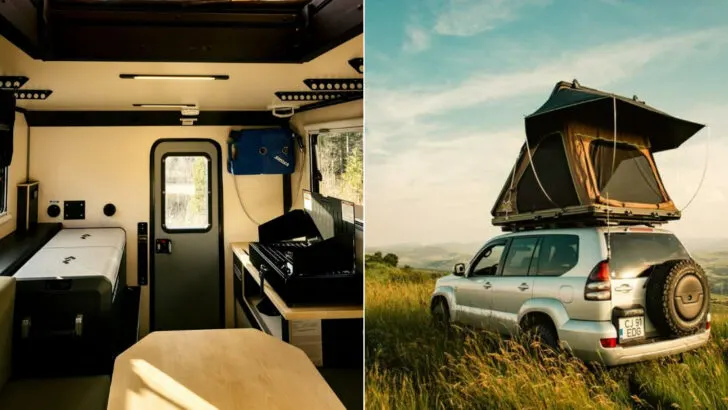Rooftop tents look epic on social feeds, but the reality can be less glamorous once you hit the road. You might love the idea of sleeping above the ground, yet there are tradeoffs that can surprise you after the first weekend. Before you bolt one to your roof, it helps to understand the limits, costs, and daily hassles that come with it. Here is what to consider so you can choose gear that truly fits your trips.
Vehicle weight, roof load limits, and safety
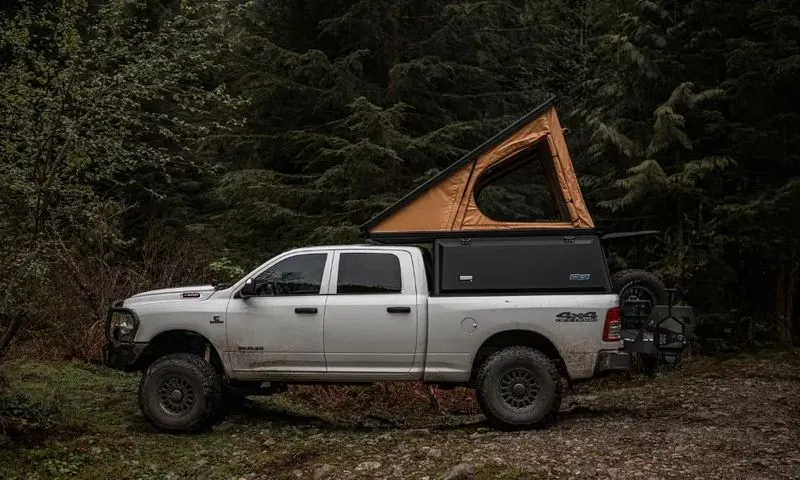
Your vehicle has a roof load rating for a reason, and a rooftop tent plus rack can push it to the edge. Dynamic load limits while driving are much lower than static limits when parked, so you must check both. Exceeding them can affect handling and safety, and insurance may not be friendly if something fails.
Crossbars, mounting hardware, and even the roof sheet metal have their own limits too. If you add water, recovery boards, and an awning, the pounds stack up fast. Weigh everything, confirm ratings in the manual, and keep a margin instead of riding the line.
Reduced fuel economy and driving feel
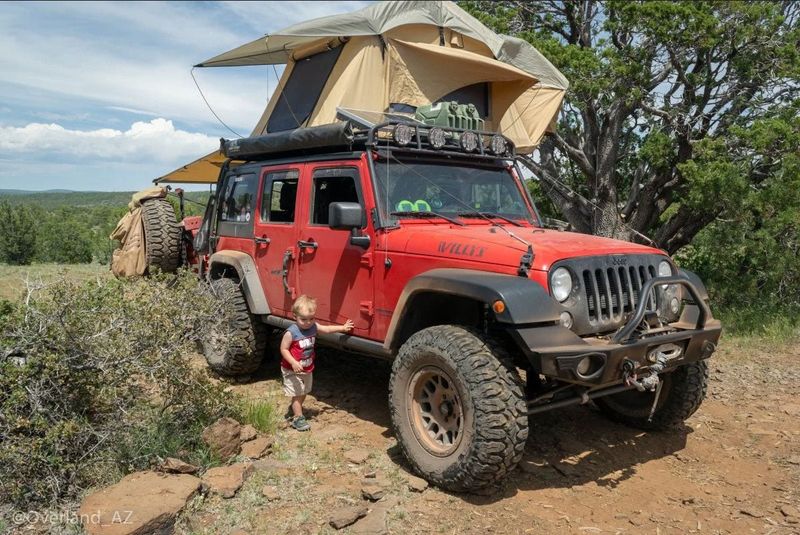
A rooftop tent adds weight and a big box to your roof, so wind resistance ramps up quickly. Expect a noticeable hit to fuel economy at freeway speeds, along with more wind noise. On curvy roads, the higher center of gravity can make the vehicle feel top heavy and less planted.
Crosswinds become more obvious and passing trucks can push you around. You may downshift more on hills and stop more often for gas. If you log long highway miles, that constant drag can get old and expensive fast.
Setup and takedown are not always quick or easy
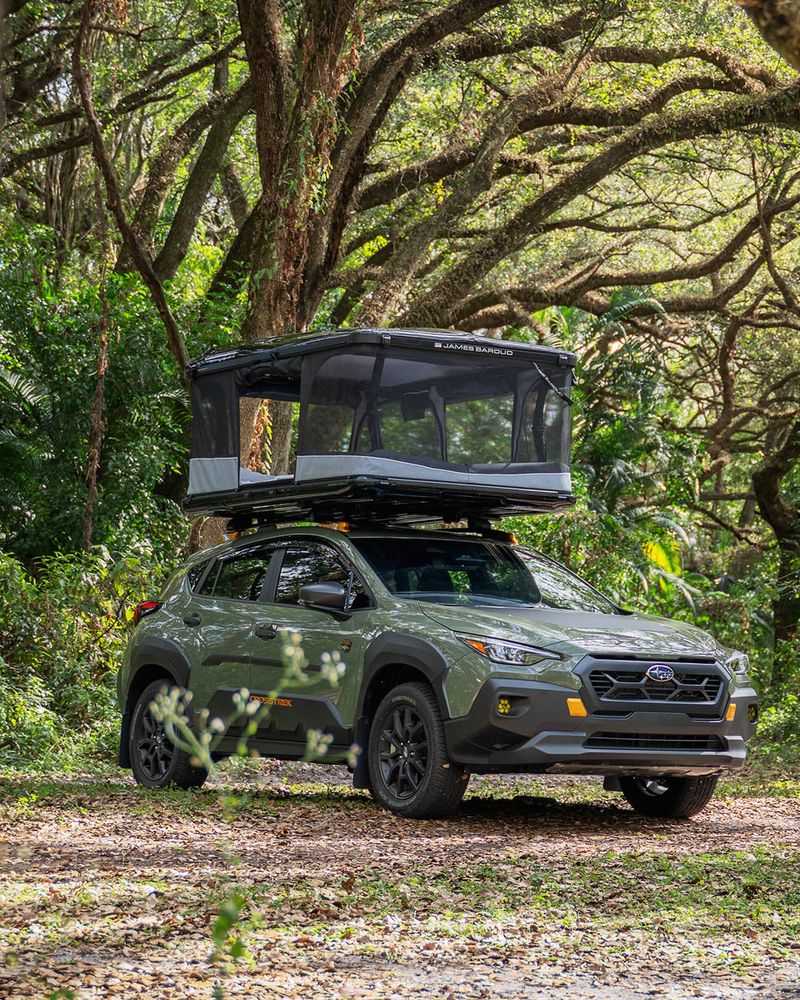
The marketing highlights 60 second setup, but that is best case with perfect weather and practice. Real life adds rainflies, guy lines, dealing with wet fabric, and ladder positioning. Packing it away wet or in the dark can turn quick into tedious.
Every time you want to drive somewhere, you must close the tent and stow bedding carefully. Zippers snag and covers can be stubborn in cold. Plan for a learning curve and a few extra minutes each morning and night.
Limited interior space and gear storage
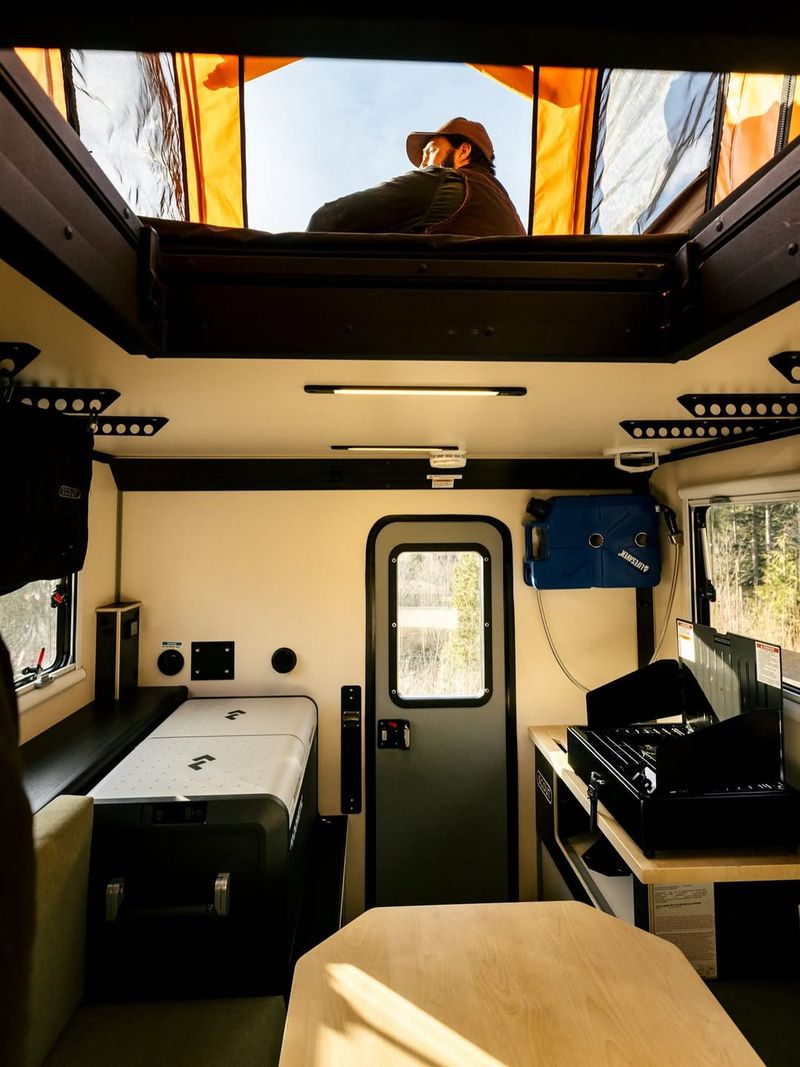
Rooftop tents feel cozy, but floor space is tight once sleeping bags and pillows are in. Most models leave little room to change clothes upright or stash bulky duffels. Shoes and wet gear usually live outside or in the vehicle.
Keeping essentials organized matters because climbing up and down for forgotten items is a pain. If you travel with cameras, climbing gear, or dog stuff, storage gets complicated fast. Consider whether the tent layout fits your nightly routine.
Accessibility, mobility, and night trips
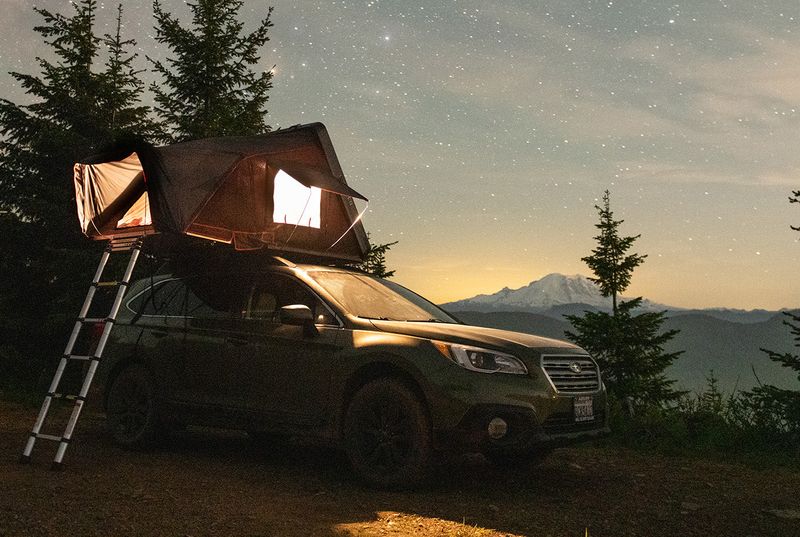
Ladders look simple until you are half asleep at 2 a.m. and need the bathroom. Climbing down in the dark with dew or frost on the rungs adds risk, especially for kids. Mobility challenges or injuries make the ladder a bigger barrier.
Quick car access is slower because everything is up top. If weather turns ugly, you may rethink another climb. Keep a headlamp on the pillow and plan a safe path for night trips.
Weather exposure and wind sensitivity
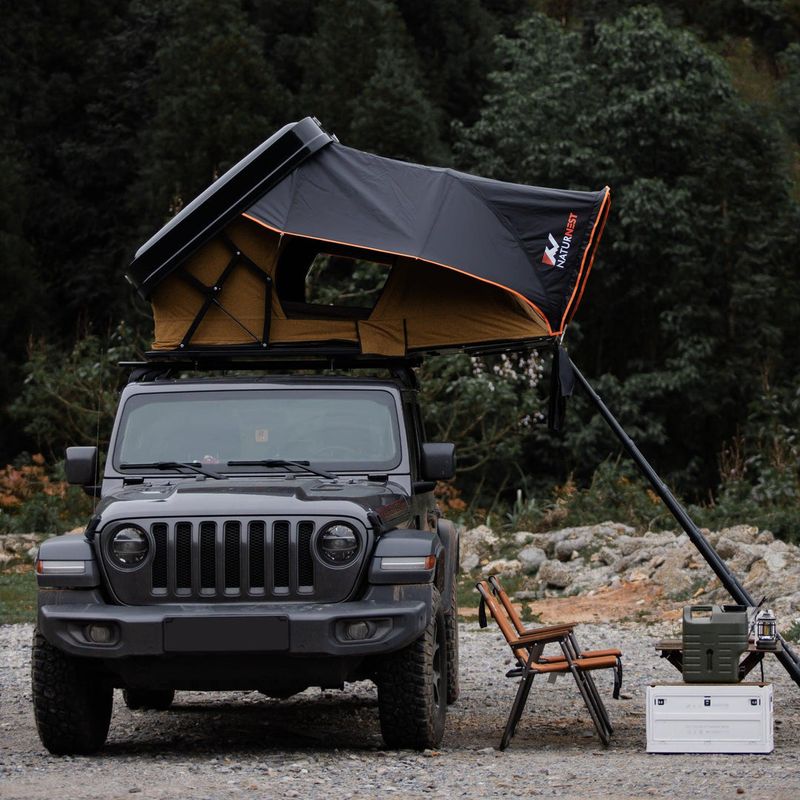
Up high, you are more exposed to wind and can feel gusts shake the structure. Fabric flaps, zippers buzz, and sleep can suffer on blustery nights. Heavy rain and sideways spray can sneak under rainflies if not tensioned well.
Cold condensation builds on fabric and drips when temperatures swing. Extra guylines and storm bars help, but you still live inside a sail. Check forecasts and pick sheltered sites, not just pretty views.
Campground rules, stealth camping, and parking limits
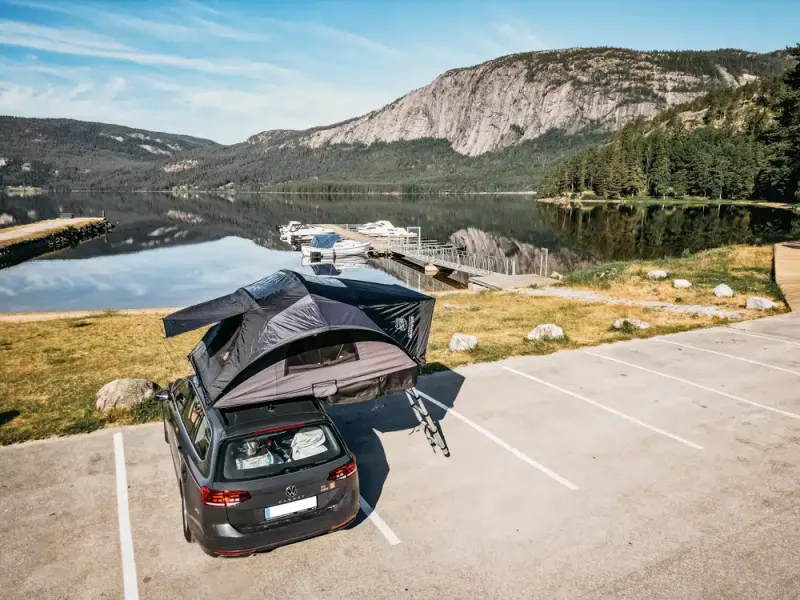
Some campgrounds require you to be in established sites, and rooftop tents may count as camping even in parking lots. Urban areas often ban overnighting or have low clearances that block garages. Stealth camping is tougher when your rig looks like an expedition billboard.
Trailheads and scenic turnouts sometimes prohibit camping in vehicles outright. Fines and knock on the window stress can kill the vibe. Research local rules and plan legal places to sleep ahead of time.
Roof access, security, and theft concerns
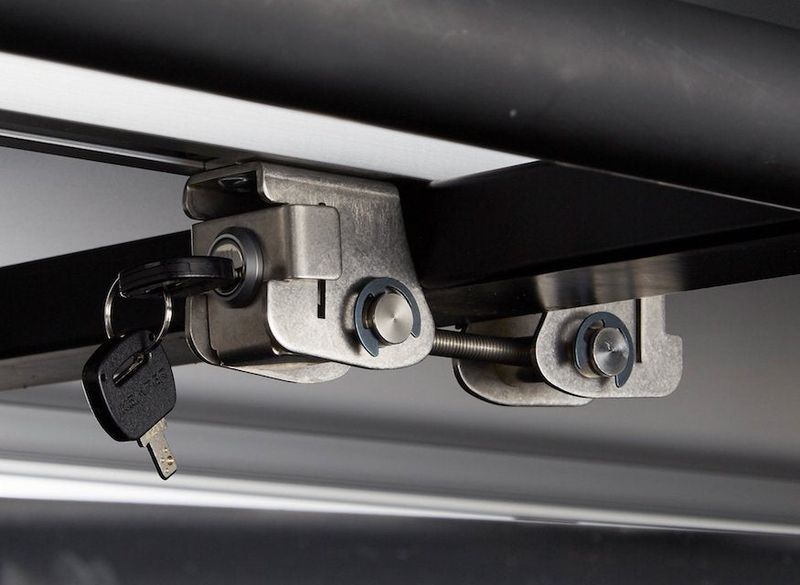
Climbing to load and unload at shoulder height or higher is awkward, especially on tall SUVs. You may need a step stool just to zip the cover. In busy areas, gear on the roof can draw attention when you are away from the vehicle.
Soft covers and exposed bolts are harder to secure than a locked cargo box. A cable lock and parking under lights help, but theft is still a risk. Keep valuables inside the car and consider quick release mounts with locks.
Family trips and pets – cramped and awkward
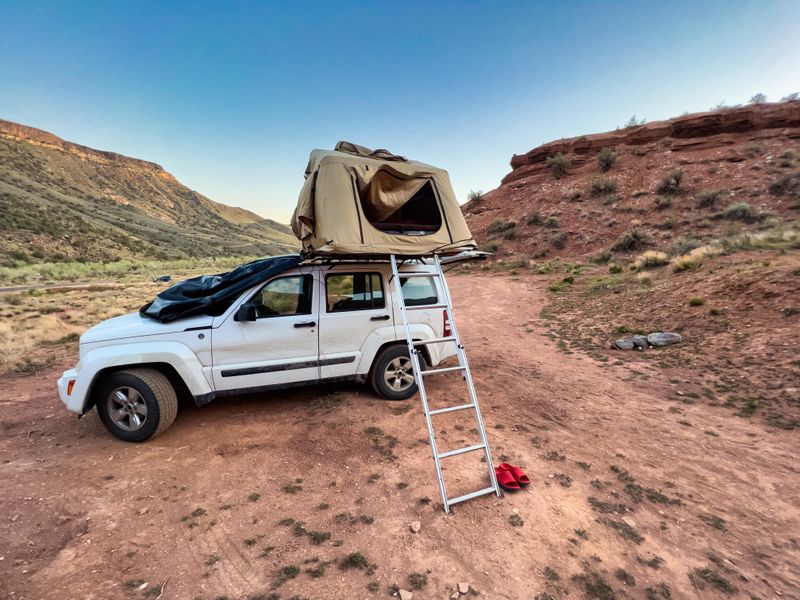
Kids and pets make camping fun, but a tight ladder entrance complicates bedtime. Passing a sleepy toddler or a dog up and down safely takes patience. Inside, elbows bump and tails wag into faces, and midnight exits become a group event.
Naps or early bedtimes split the camp since you cannot hang out inside easily. If someone gets carsick or needs space, options are limited. Ground tents or small trailers often serve families with less friction.
Off road and clearance issues

On rough tracks, extra roof weight raises the center of gravity and reduces stability on off camber sections. Low branches and tunnels threaten the tent shell and cover. The higher profile also hurts approach and departure angles when the trail gets technical.
Roof racks and mounts can loosen under vibration if not checked often. Straps slap and dust finds every zipper. For serious trails, a lighter roof and lower profile load out handle better.
Cost, maintenance, and long term tradeoffs
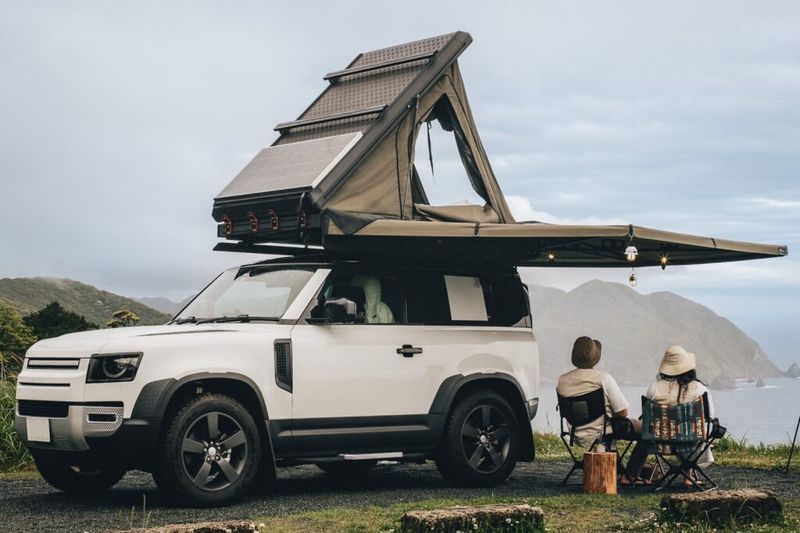
Quality rooftop tents are expensive, and that is before racks, awnings, and bedding. Over time you will buy struts, seals, and covers, and you will spend weekends drying fabric after wet trips. UV and road grime age materials faster than you expect.
Resale is decent, but shipping or selling locally can be a hassle. If you switch vehicles, fitment may change and require new racks. Add up the total ownership cost, not just the sticker price.
Comfort tradeoffs in cold weather

Cold air flows under the tent floor, so you lose heat faster than in a ground tent with earth contact. Insulated liners help, but condensation still forms and can dampen bags. A thick sleeping pad and warm quilt are mandatory in shoulder seasons.
Heaters require ventilation and caution, and ladder trips feel harsher in the chill. Boot liners and a fleece top within reach make mornings easier. If winter comfort is your priority, other shelters can be warmer with less fuss.
Alternatives worth considering
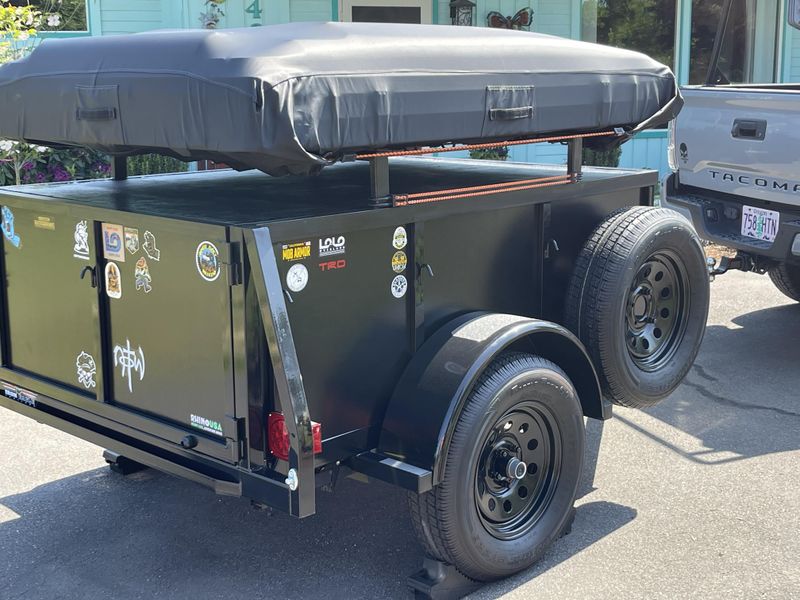
You have options that fit many budgets and vehicles. A roomy ground tent offers space and privacy with less roof weight, and a truck bed cap with a platform keeps setup simple. Small trailers tow easily, add storage, and let you drive away without packing camp.
Hybrid shells or pop tops convert quickly while keeping a low profile. Renting before buying helps you test what suits your trips. Choose based on how you travel, not just how gear looks.
When rooftop tents do make sense – and how to make them work better
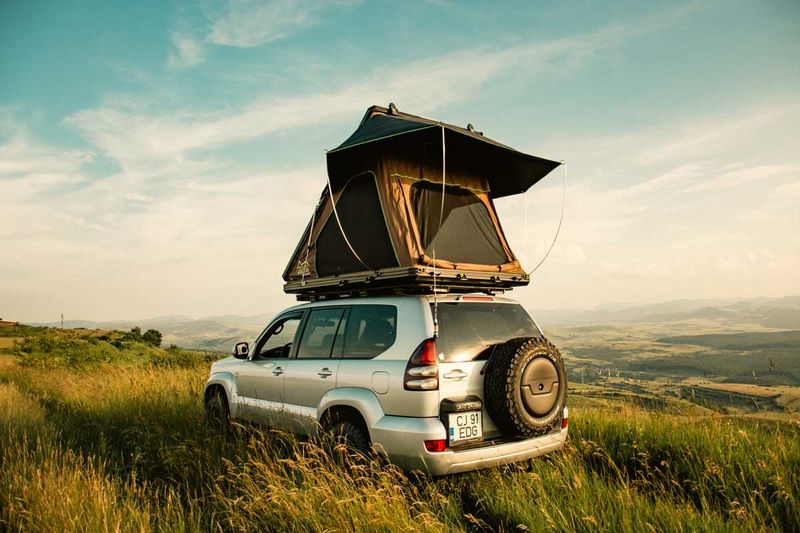
Rooftop tents shine for quick weekend escapes, bug heavy areas, and uneven or rocky sites where stakes are tricky. They keep you off mud and critters, and views from the ladder can be spectacular. If your trips match those strengths, they can be great.
Make them work by staying under roof load limits, practicing setup, and adding quiet tie downs. Use high R value pads, dry the tent at home, and pick sheltered camps. With realistic expectations, you will know when to bring it and when to leave it.

